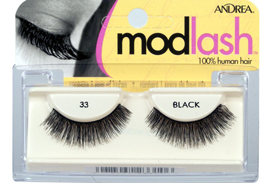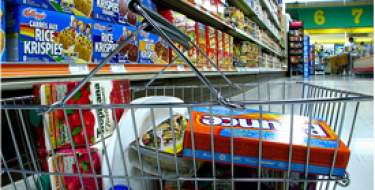Making Blister Packages Reusable
When creating packages we aim to sell the product, but did we think about how the package gets used after the product is opened? For manufacturers and designers this is something we consider when building a plastic package such as blister or clamshell. We have the opportunity to make sure the plastic we are using is recyclable and if possible reusable.
For my next project in my Senior Advanced Projects Practicum class, we are actually molding our own blister or clamshell packing with an apparatus my professor assembled. My objective is to design a reusable package. I hope to create awareness of how we can help advance our environment.
What is Blister/Clamshell packaging?
Blister or Clamshell packaging is made out of PVC (polyvinyl chloride) or PS (polystyrene) plastic which is heated (known as thermoforming) and then pressed over an object to mold a shape. You mostly see these packages is in toys, cosmetics, kitchen utensils, gum and pharmaceuticals.
Blister? Clamshell? There’s a difference between the two.
- Clamshell packaging is shaped to have a fold or hinge in the middle to create a double sided package, so that the consumer can view the product from all angles.
- Blister packaging is when the plastic is molded into pockets that hold the object. It usually has a backing of cardboard or foil.
You have probably seen these different products in...
| Blister packaging | Clamshell packaging |
| Gum packaging | Cosmetics (such as eyelashes) |
| Medications (pill form) | Children's toys |
| Cosmetics (such as mascara) | Industrial products |
| Electronics | Electronics |
The perks
Although blister and clamshell packaging is not the prettiest it’s really popular because it deters people from removing the product before it’s paid for. It also protects the product especially when it has to deal with medications.
Another plus is being able to see a product from all angles. A consumer can interact with the product — see it from all angles, get an idea of its size, weight, function, and visual appeal — without damaging it.
The downsides
 Plastic is recyclable, but most blister packages are not. I only mentioned two types of plastic used to create the mold. There are actually more types of plastics used depending on which country you live in.
Plastic is recyclable, but most blister packages are not. I only mentioned two types of plastic used to create the mold. There are actually more types of plastics used depending on which country you live in.
In this article on recycling blister packages, they show different labels that are required on Blister and Clamshell packages. There are seven different labels that show what type of plastic it is.
For example, PVC plastic should have a label that looks like the image to the right, called a resin code. This means that PVC is only recycled into decks, paneling, mudflaps, roadway gutters, flooring, cables, speed bumps, and mats.
Most companies don’t produce the resin code or label on the product and thus cannot be recycled, so they are trashed. Here are the different types of plastic symbols that say what can be recycled and what cannot be recycled.
Besides not being recyclable there is also “wrap rage.” Clamshell packaging is well known for injuring consumers trying to open the product.
You’ve gotten those packages that are completely sealed in and you need hefty duty scissors or any sharp object you can find to get the darn thing open. Yeah, it’s wrap rage when you get pissed off trying to open something so difficult and then end up hurting yourself.
(Need a laugh? I really enjoyed reading these testimonials of wrap ragers.)
Create something reusable
Today, many companies designing these packages are taking into consideration the idea of reusable packaging. Blister packs aren’t recyclable, so designing them needs to include more thought on how they can be made reusable.
My goal for my blister packaging project is to create a mold that is reusable. My approach is to create a brand that is a canine dental company that sells treats that are used to clean pets’ teeth.
I will create a package that contains 3 items and use a clamshell to seal it. This way the consumer is able to store the unused treats in the package while still maintaining the taste.
Another classmate plans to package toy skateboards inside a mold that will act as a skate ramp, so that after the package is open the child can reuse the plastic by interacting with the plastic mold.
Green packaging
It’s great to see companies who use blister or clamshell packaging make those packages reusable, if not recyclable. Even if you’re not a manufacturer or designer you can still help make sure that blister and clamshell packages are being recycled.
Do your part to help our environment and make sure that you see the resin code or label on the packages you’ve purchased. You can improve your local community and the environment by letting manufacturer companies know that the resin code is important when making these packages.
MONTHLY MARKETING INSIGHTS.
Get thought-provoking and actionable insights to improve how your firm makes a connection with your customers.





LEAVE A COMMENT